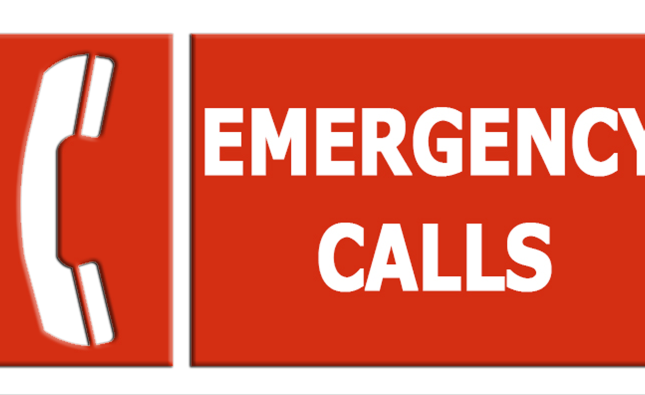
Introduction:
As a new parent, navigating the realm of baby sleep can be both overwhelming and exhausting. Two popular approaches often discussed are sleep training and sleep hygiene. While both aim to improve your baby’s sleep patterns, they have distinct methods and philosophies. In this article, we will delve into the differences between sleep training and sleep hygiene, explore their pros and cons, and guide you in finding a balanced approach that suits your baby’s needs and your parenting style.
Understanding Sleep Training and Sleep Hygiene
Sleep Training: Sleep training involves teaching your baby to self-soothe and sleep independently through various methods, including the “cry-it-out” approach or graduated extinction. The goal is to help your baby learn how to fall asleep without relying on external sleep associations like rocking or nursing.
Sleep Hygiene: Sleep hygiene refers to creating a conducive sleep environment and following consistent sleep routines to promote healthy sleep patterns. It focuses on establishing calming pre-sleep rituals and a sleep-friendly setting to help your baby understand when it’s time to sleep.
Pros and Cons of Sleep Training
Pros:
- May result in quicker improvement in sleep patterns.
- Can promote long stretches of uninterrupted sleep for both baby and parents.
- May encourage baby’s self-soothing skills and independence.
Cons:
- Some methods can be emotionally challenging for both baby and parents.
- Critics argue that it may lead to increased stress for the baby and undermine trust in the parent-child bond.
- Not all babies respond well to certain sleep training techniques.
The Importance of Sleep Hygiene for Newborns
Sleep hygiene plays a vital role in promoting healthy sleep habits from an early age. Newborns benefit from consistent sleep routines, as they find comfort in predictability. A soothing bedtime routine, a sleep-friendly environment, and regular sleep-wake schedules can help improve sleep quality for your baby.
Finding a Balanced Approach: Integrating Sleep Training and Sleep Hygiene
a. Assess Your Baby’s Needs: Every baby is unique, and what works for one may not work for another. Pay attention to your baby’s temperament and cues to determine which approach may be more suitable.
b. Gradual Introductions: If you decide to try sleep training, consider a gradual approach that involves shorter periods of crying or fussing before providing comfort. This can help reduce stress for both you and your baby.
c. Incorporate Sleep Hygiene Practices: Regardless of whether you choose sleep training or not, integrating sleep hygiene practices can benefit your baby’s sleep. A calming bedtime routine, a comfortable sleep environment, and consistent sleep schedules can complement any sleep training methods.
d. Seek Professional Advice: If you’re unsure about the best approach for your baby, consult with a pediatrician or a sleep specialist. They can provide personalized guidance based on your baby’s age, health, and individual needs.
e. Be Flexible: Parenting is a journey of constant learning and adaptation. Be open to adjusting your approach if something isn’t working for your baby. Finding the right balance may require some trial and error.
In conclusion, understanding the difference between sleep training and sleep hygiene is essential for new parents. While sleep training can be effective for some babies, it’s not the only approach to improving sleep patterns. Sleep hygiene practices are equally crucial in promoting healthy sleep habits for newborns. By finding a balanced approach that considers your baby’s needs and your parenting style, you can support your baby in developing healthy sleep patterns while maintaining a loving and nurturing bond.










